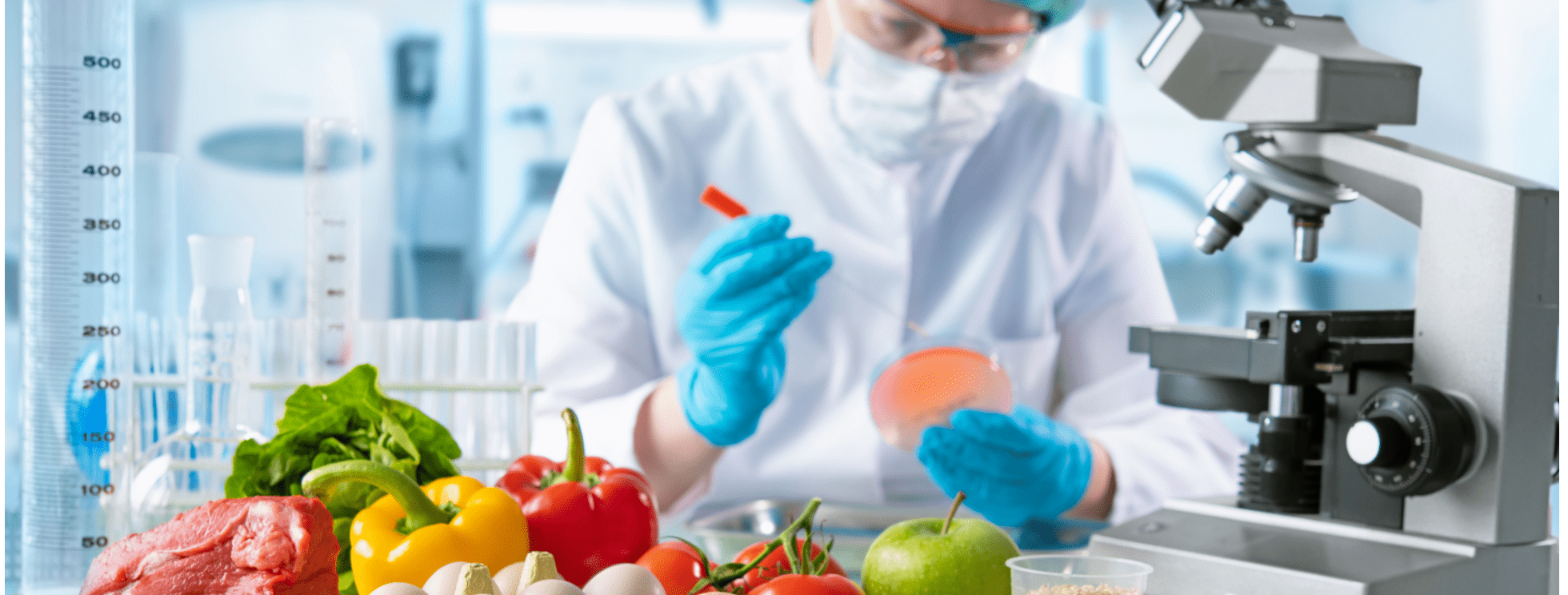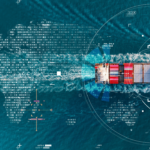Publican’s Trade Series – Exploring How Technology, Data & Analytics Redefine Fraud Detection, Minimize Revenue Leakage & Bridge Inspection Gaps
Chapter 05 / Digital Vetting Technology: Safeguarding Global Food Integrity in the Battle Against the $49 Billion Food Fraud Threat
From adulteration to misbranding, mislabeling, and substituting products, food fraud is the intentional deception of consumers through a range of illicit activities that falsify the true nature of food items—and every year it drains $49 billion from global trade. From the farm to the table, it can occur at any stage of the food supply chain and the motives behind it are often financial (i.e. duty evasion), but it can also be driven by other factors such as the evasion of national laws or exploitative labor.
Just like additives in everyday fruits, the issue is a lot more widespread than most would believe—8,000 tons of illicit food were seized in Europe alone between December 2022 and April 2023—and there are few foods that have remained unaffected. A recent seafood analysis of 30+ countries found 36% of fish was mislabelled as high value species, 46% of imported UK honey products from China were found blended with cheap syrup sugar, and 68% of retail beef in South Africa was discovered with extracts not on the label. Dairy is also a common target area, second only to olive oil, with widespread reports of faux milk (mislabeled as cows milk) in places such as India and China linked to deaths.
This touches on one of the more critical implications of the food fraud phenomenon; its effect on public health and safety. According to the Global Food Safety Initiative, 600 million people fall ill every year due to contaminated food, and a large part of that can be traced back to substandard food, processed at least in some part abroad. This places a huge onus on governments, whose fundamental responsibility it is to ensure that everyday foods coming into the country do not threaten public safety.
The problem is that 3.3 billion tonnes of food are shipped every year, only 1% is inspected, and it’s beyond the scope of standard checks to detect every possible fraud risk connected, especially with so many subtle misdeclarations. A lack of trading standards between countries already inhibits supply chain visibility, yet distant hard-to-reach regions like Asia, where most food fraud can be traced back to, are even more difficult to gauge insight from, while the rise of new unprotected markets has empowered sellers to better shield their identity.
It’s why governments, now more than ever, need to begin exploring technologies that will allow them to encompass every possible risk before they damage public health. When you really boil down what this requires, the trick lies in being able to aggregate multiple sources and then pulling the desired data on demand to individually assess and validate each shipment by manufacturer.
DIGITAL VETTING TECHNOLOGY: AN AUTOMATED CUSTOMS MECHANISM FOR FOOD SAFETY
Digital Vetting Technology brings food safety into a whole new era by completely transforming how food fraud is detected in global trade. For every shipment, the system combines dynamic AI modeling with billions of unique data points to provide revolutionary end-to-end visibility into the food’s entire supply chain, utilizing exclusive fraud indicators to assess every single stage of the journey.
This enables customs to investigate a wide range of areas in real time to know exactly if something’s wrong in a food shipment:
● A food item might be declared that doesn’t fit the shipper’s scope of business
● The declared price might not fall in line with market value,
● It may originate in a region where pesticide use is customary,
● An allergen might be detected that doesn’t usually come from the region,
● The weight or quantity of the produce might be abnormal,
● The declared codes might not align,
● The description may be unusual,
● Maybe the shipper has a connected legal history.
These are all areas which digital vetting technology inspects in seconds with smart tools & mechanisms to scan for anomalies and find out if a food shipment might be a risk, providing full inspection at pre-arrival, enabling the coordination of further lab & inspection checks.

Digital vetting also allows customs to flag any problematic food supplier, alongside any specific foods and their hazards by origin. In 2022, Publican’s system discovered pesticide residues on board an Iberian pear shipment by conducting a deep legal analysis of the shipper and unearthing key safety documents connected to pears grown in the region, stopping it before it posed a real health danger. It’s highly unlikely a standard check would have picked up on this in time.
The bottom line is that customs are effectively our frontlines for ensuring the colossal scale of global food imports don’t endanger public health, and the introduction of digital vetting technology offers a real opportunity to transform how food fraud can be detected and how safety can be achieved. Publican’s Digital Vetting Solution has perfected the use of this technology to help customs bring greater food safety to the fore.
Get in touch
-
21 Soho Square London W1D 3QP, UK






